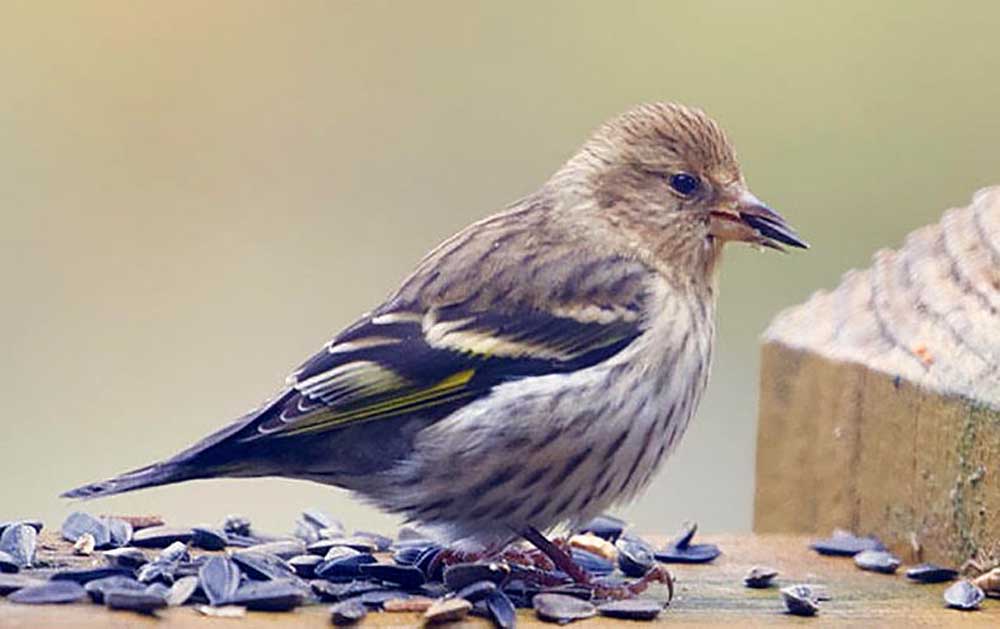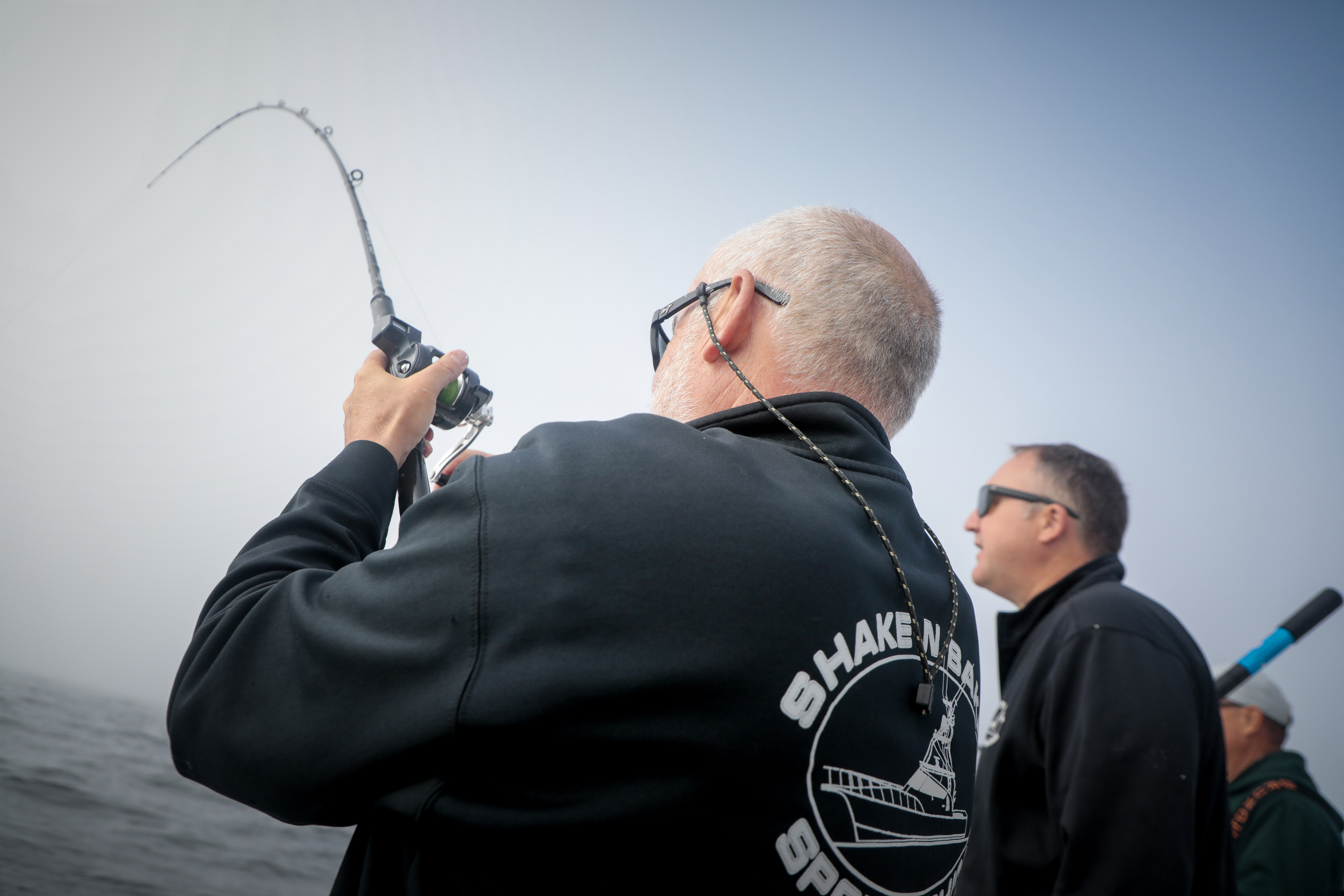Birding: Pine siskins are here today, gone tomorrow
Published 7:51 am Thursday, January 9, 2020

- Pine siskins are streaked overall, have yellow wing bars and a short, pointed bill.
I always look forward to the annual Christmas Bird Count. This year it happened on Dec. 21, 2019. Part of the area me and my friends Susan and Bette Lu were assigned to was a 14-acre piece of wetland. We also were given the ocean beaches from just south of Klipsan to the Peninsula’s north-end tip.
Trending
Gearing up for the Christmas count meant that we were up and birding early on the day before to see what might be in the wetland and on the beach the next day. This article is just part of the story because many others birded other sections of the 15-mile diameter circle that makes up the annual Leadbetter Christmas Bird Count. The focus of this article will be on one species we observed at the feeders that are on the wetland property.
As dawn broke the morning before the count a lot of new twittering was heard coming from the alder trees. A peek out the window revealed a flock small birds hanging from the alder cones eating seeds. Then all of a sudden there was a rush to the small black oil seed feeder. Eighteen small brown, heavily streaked birds with yellow wing bars and thin, pointed bills were vying for position. Some decided the suet feeder was a better bet. More room for more hungry birds! Pine siskins had come to visit. Would they stay for the winter? Maybe if the food was right. Pine siskins are nomadic, but common. According to Sibley (2014) they typically feed on the buds and seeds of alders, birches, pines, hemlocks and other trees. They also relish small insects. Pine siskins also favor nyger (thistle) seed. They are attracted to silo feeders that contain nyger seeds. In my experience, it is their favorite of the different seed types I have offered over the years.
The day of the Christmas bird count finally arrived. The order of business was to bird the wetland first and go to the beach when the tide allowed for safe driving. During the short period of time there was to bird the wetland, 10 species were sighted, including 13 pine siskins, hundreds of mallards, 10 northern pintail, Anna’s hummingbird, spotted towhee, fox sparrow and three song sparrows. It was not a bad day bird-wise given the short time to bird.
Trending
The pine siskin numbers were down, but they didn’t disappoint. I would like to think that they knew they would be counted on the day of the CBC so showed up for this important citizen scientist event! Two days later their numbers were down to one. Since then none have visited the wetland yard. The answer, I think, lies in the nature of the food available and the fact that the King Tides were about to happen. I am sure if one of the feeders contained nyger seed they would still be here. Pine siskins are an irruptive species and according to scientists, their irruptions, meaning sometimes dramatic increases or decreases in a population, are related to the excellence of the cone crops and climate variability (See Pittaway, 2019).
And so it was … the pine siskins were “Here today, gone tomorrow,” as the saying goes!
”Common Birds of the Long Beach Peninsula,” by Kalbach and Stauffer, is available from the Chinook Observer, Bay Avenue Gallery, Time Enough Books and the Long Beach Visitors Bureau.









